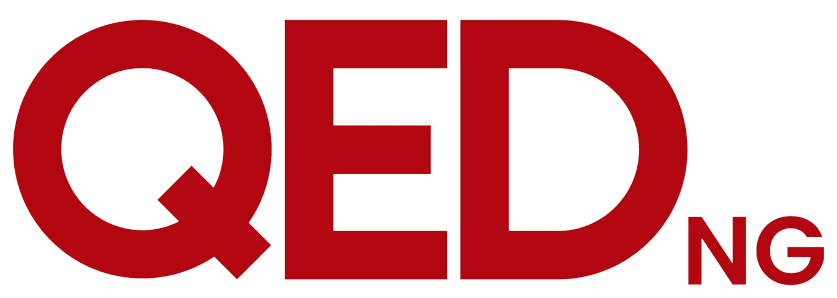

It also assigned Sterling Bank a Counterparty Risk Assessment (CRA) of B1 (cr)/Not Prime (cr).
In a statement issued by the agency Tuesday, it stated that the ratings are underpinned by a b3 Baseline Credit Assessment (BCA).
According to the statement, BCAs are the measure of an issuer’s standalone financial strength that describes the probability of a bank defaulting on any of its rated instruments in the absence of external support.
Moody’s said that the rating reflects the bank’s “solid asset quality metrics and provision coverage”, improvements to its Information Technology (IT) infrastructure and risk management processes as well as its high liquidity buffers and a solid deposit funding base.
According to the agency, “These strengths are balanced against Nigeria’s (Ba3, stable outlook) challenging operating environment, which takes into account both the strong growth potential of the system and institutional and structural weaknesses.
It further stated that the ratings incorporate a one-notch uplift from Sterling’s b3 baseline credit assessment (BCA), based on its assessment of a moderate likelihood of government support in the event of need.
Significantly, the agency explained that the important factor that drove its view of Sterling’s standalone assessment is the lender’s asset quality.
It stated, “Non-Performing Loan (NPL) levels are currently low and compare favourably against domestic and global peers. NPLs stood at 2.7 per cent as of year-end 2014 according to our adjusted ratio, which takes into account not only individually impaired loans but also loans that are overdue for more than 90 days but not reported as impaired — as we do for other banks. Furthermore, provision coverage is good, with loan loss reserves amounting to 98 per cent of doubtful credit.”
According to Moody’s, improvements in the operating environment and overall macro profile in addition to developments that would alter its expectation that the bank will face asset quality volatility, including for instance a longer track record that would more clearly highlight the robustness of the bank’s risk management framework and controls could trigger an upgrade in the lender’s rating.



